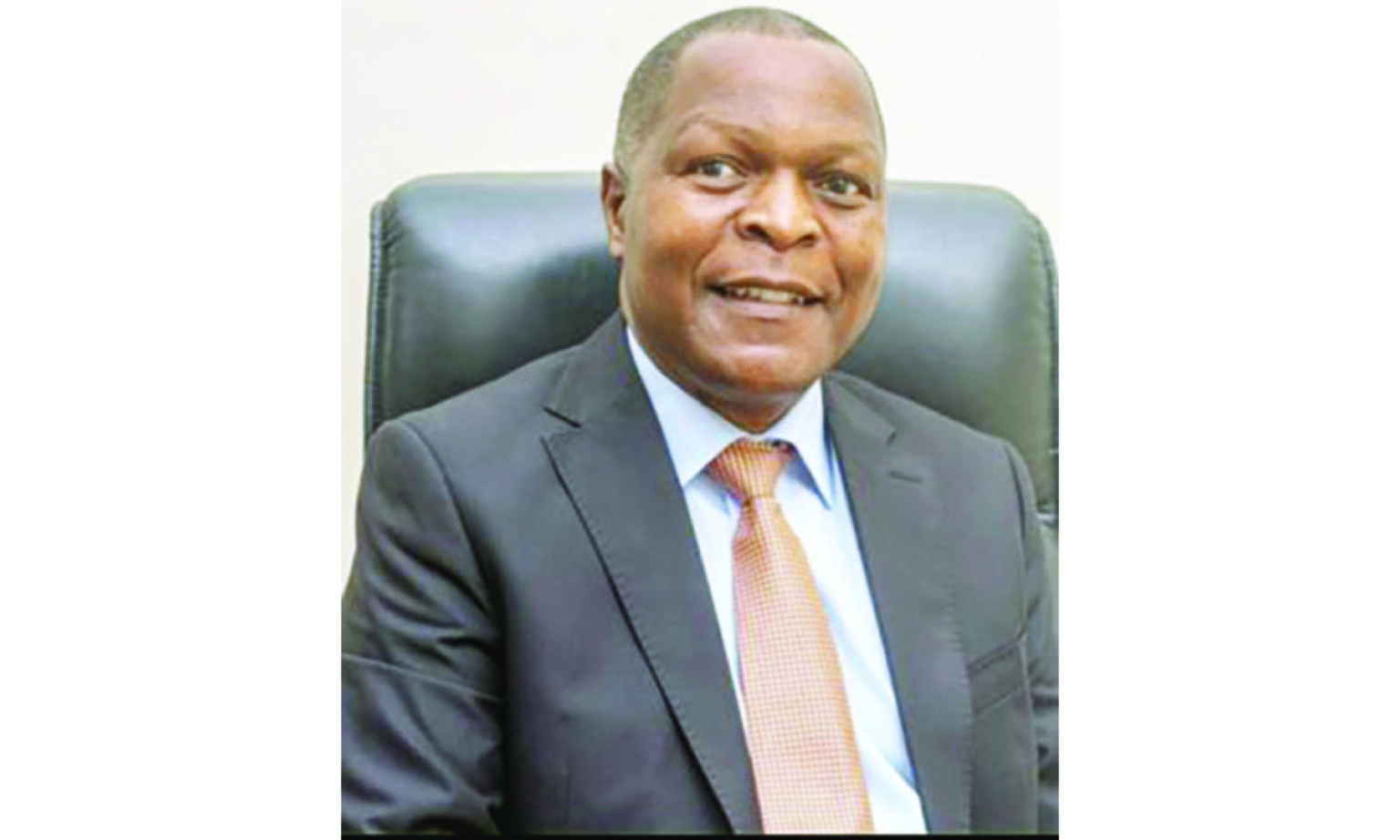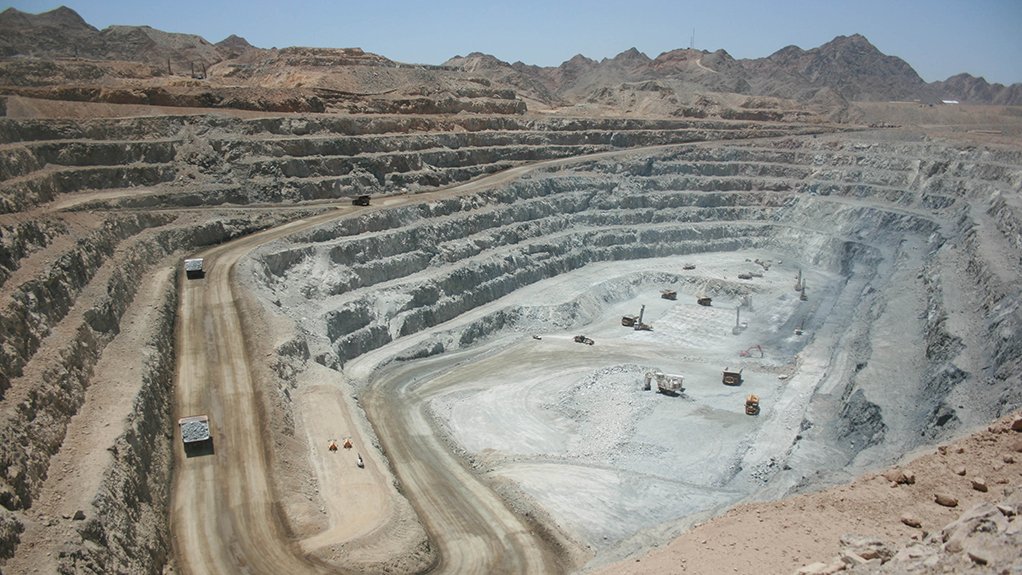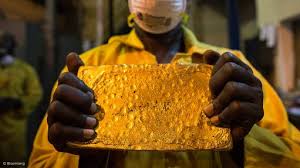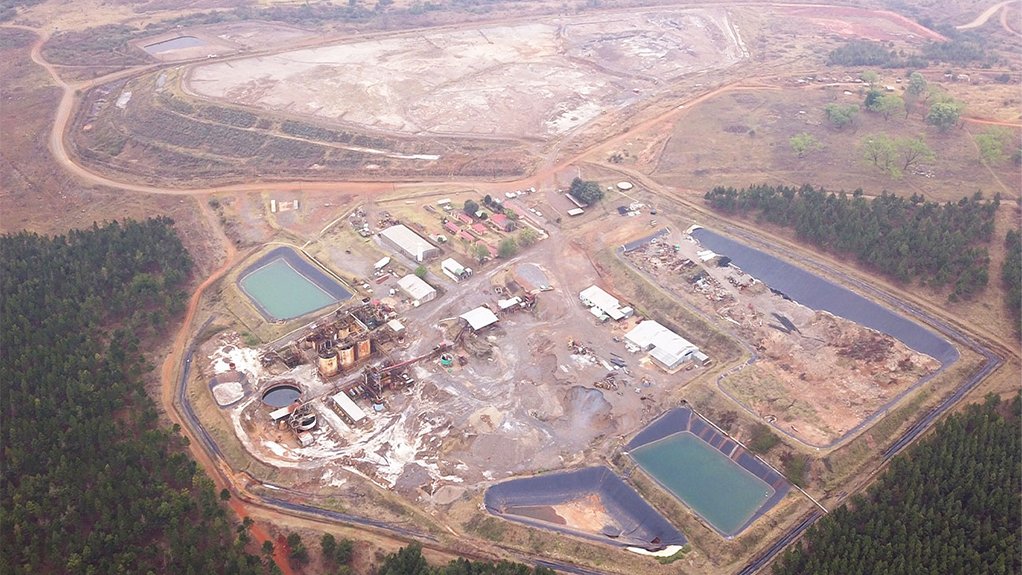Precious Metals

Chamber of Mines optimistic about 100 tonnes gold target

Rutendo Nyeve
The Chamber of Mines Zimbabwe (CoMZ) has expressed optimism in the nation’s ability to achieve the ambitious annual gold production target of 100 tonnes, set by the Government, amid amplified calls to support artisanal and small-scale miners.
Currently, the national gold target for 2025 is 40 tonnes.
This was revealed by the CoMZ President, Mr Thomas Gono, during the Annual Mining Conference held in Victoria Falls last month.
The conference was held from May 21 to 24 under the theme: “Unlocking Growth Potential for the Zimbabwe Mining Industry”.
The gold mining industry plays an important role in the socio-economic development of the country, accounting for more than 30 percent of the mining sector’s gross domestic product.
Its contribution to mineral exports has grown significantly from 27 percent in 2020 to 43 percent in 2024.
The sector also contributes 57 percent of total formal employment in the mining industry, with over 1,5 million people directly and indirectly involved in gold mining activities across the country.
Mr Gono said the gold mining industry continues to demonstrate impressive growth, with gold output increasing from 32,4 tonnes in 2023 to 38,5 tonnes in 2024.
“Zimbabwe is, by all accounts, a gold-mining country. Throughout our mining history, gold has been a cornerstone of sector growth. Today, its significance is further cemented by its use to back the local currency.
“The Government has set an ambitious target of producing 100 tonnes of gold annually. With the right policies in place, we believe this goal is achievable. These include, among others, ensuring uninterrupted electricity supply at competitive tariffs,” said Mr Gono.
Mr Gono said publicly available data shows that over 60 percent of gold output comes from the artisanal and small-scale mining sector, which unfortunately continues to operate without a reliable power supply.
Additionally, he said inadequate foreign exchange allocations for the procurement of critical production inputs have constrained growth in the gold sector.
“Like the broader mining industry, the gold sector operates in a high-cost environment. Collective efforts are urgently needed to reduce operating costs, so that the country can fully benefit from the currently favourable commodity prices.
“Should prices soften, as they inevitably do, the sector may face severe challenges. Given the current structure of the gold industry, there is a need to develop a marketing framework that reflects the realities on the ground. With the majority of production coming from the small-scale sector, a centralised marketing system has proven to be rigid and unresponsive,” added Mr Gono.
He said at present, the local gold industry operates below capacity, constrained by limited access to capital for both operations and expansion, with most operators relying on antiquated equipment, severely undermining efficiency and cost-effectiveness.
“To reach the 100-tonne target, the sector will require an estimated US$1 billion in both ramp-up and sustenance capital,” said Mr Gono.












